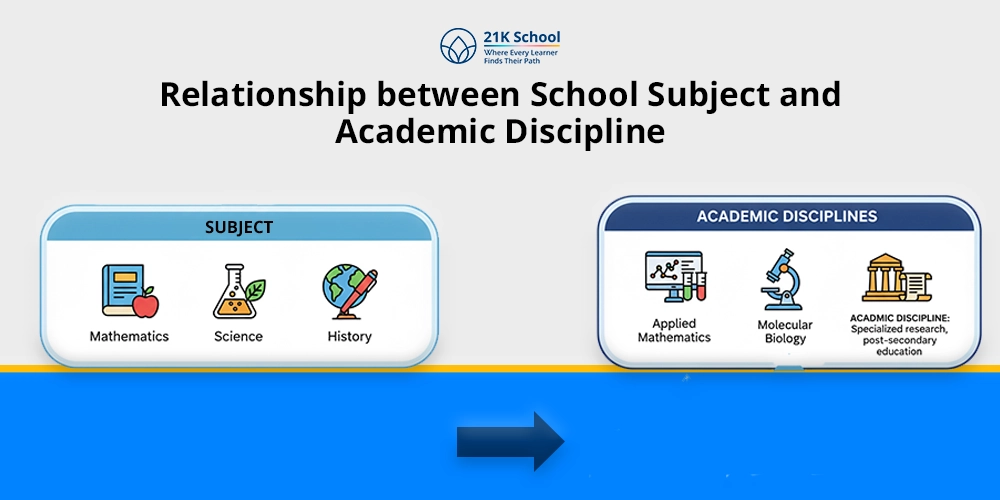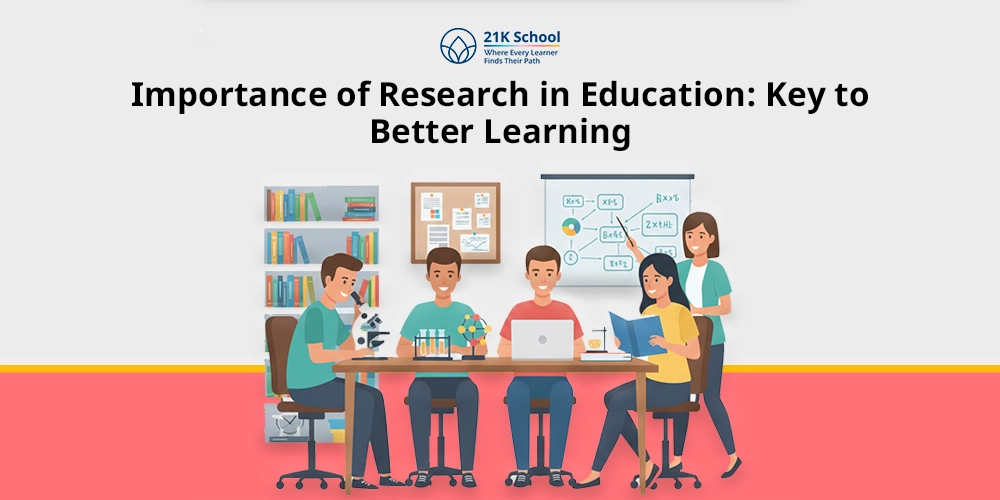
Have you ever thought in technology terms about what augmented reality is versus virtual reality?
Augmented reality and virtual reality are two distinct forms of technology which create 3D simulations. AR & VR both do 3D simulation in a computer -generated environment that feels real.
AR is any kind of digital artefacts, images, videos or experiences overlaid with computer-generated images/3D models that augment the real thing. In VR we put the user in another world through headsets and tracking.
AR / VR are used in banking, education , finance, business, hospitals, etc. AR/VR knowledge is a must in this tech-driven world. They are neither like the other; They’re related but serve different purposes.
Contents
What is Augmented Reality?
AR puts digital learning information, pictures, sounds, and 3D graphics on top of the real world in real time – to change how people see the real world.
The first functional AR systems that gave users mixed reality experiences were in the early 1990s – Virtual Fixtures in the US Air Force Armstrong Lab in 1992.
Earlier AR was only meant for fun/entertainment. Later on, it was adopted for commercial and school purposes. Technology made education mobile and flexible so that anyone can learn anywhere.
What is Virtual Reality?
In virtual reality (VR) computer modelling and simulation allow one to interact with an artificial three-dimensional (3-D) visual or other sensory environment.
VR applications take the user into an interactive environment resembling reality via goggles, headsets, gloves or body suits that send information.
Virtual Reality first appeared in the 20th century through work by Ivan Sutherland and Bob Sproull in 1968. In the late 1980’s, Jaron Lanier popularised it. Nowadays, virtual reality is used everywhere – in video games and even in education. It’s a game – and it helps students with critical thinking .
Top 9 Differences between Augmented Reality & Virtual Reality
Augmented and virtual reality are two different things in 3D simulation. Augmented Reality places electronic things on top of the actual thing and Virtual Reality places the user in a totally simulated environment. Here are the differences between AR & VR.
| Aspects | Augmented Reality | Virtual Reality |
| Definition | AR overlay digital learning infographics, pictures, sounds or 3D graphics on top of the real world in real time. | In virtual reality this is done through computer modelling and simulation where students work with a 3D visual element or some other sensory environment. |
| Experience | AR uses smartphones, tablets, and AR glasses. So less hardware is needed, and it is simpler to use. | VR is more immersive – it shows the world in which someone lives. In a VR headset you go digital. |
| Accessibility | AR can be accessible on smartphones and tablets, and it can also be used on computers or AR glasses. | VR is mostly accessed in VR headsets, VR glasses, gears and so on. |
| Tool | Most AR tools run on phones and tablets with cameras and sensors inside. | For VR, you need special gear like VR headsets, such as Oculus Quest, and HTC Vive and often hand controllers or body trackers. |
| Purpose | The main purpose of AR is to project digital information so that anything becomes a platform for learning. | VR is perfect for games, simulations and all other real-world copies of things. |
| Interaction | Interaction in AR is not necessarily confined to virtual reality but involves input via keyboard, monitor or other devices. | All that interaction happens digitally in VR with hand controllers & gestures. In VR you can not touch or feel reality |
| Used Technology | AR uses technology from your camera, sensors, GPS & gyro to overlay digital content in real data. | VR uses technology such as head tracking, motion sensors, haptic feedback, spatial audio, and high-end graphics rendering. |
| Application | AR has applications in retail, education, interactive learning, healthcare, real estate, etc. | VR is used for video games, training simulations, therapy and virtual tourism. |
| Examples | Pokémon Go, Ikea, Snapchat filter, Google Lens, etc. | Beat Saber, VR Chat, Google Earth, etc. |
1. Definition
- AR: AR makes real things look digitally more like images, text or 3D models. It combines virtual objects with real things so people can feel both at the very same time.
- VR: In VR you get an entirely digital experience in place of the actual thing. In VR, users go to a virtual world that resembles real world places or imaginative worlds.
2. Experience
- AR: AR works better on smartphones / tablets / AR glasses. So less hardware is needed/simpler to integrate in daily life.
- VR: VR is much more immersive – you receive a virtual perspective of the actual world. In a VR headset you go digital.
3. Accessibility
- AR: For the average person to use augmented reality is easier on common gadgets like tablets and smartphones. Many AR apps require no hardware. For some advanced experiences you need AR glasses – but they’re optional.
- VR: VR generally involves some pretty expensive gear like a VR headset and a few motion controllers. It’s also usually a very powerful computer or gaming console. And all of that makes VR less usable in everyday life – especially in schools or homes without it.
4. Tools
- AR: AR tools are simple & free. All the AR experiences run on phones and tablets with cameras and sensors inside. AR glasses are more advanced but not required for most applications like Microsoft HoloLenS or Magic Leap.
- VR: For VR you need special gear like VR headsets (Oculus Quest, HTC Vive) and often hand controllers or body trackers. They are tools that put users in virtual learning environments . VR setups take longer and take more space.
5. Primary Purpose
- AR: But that’s the whole point of AR, which makes real work easier by projecting digital information onto the real thing. In education, retail, and health, it increases productivity/understanding as well as student engagement .
- VR: In VR, you get practice in the real world. It works great for games, simulations and other real-world replications where real replication is not possible or safe – like flight training or virtual surgeries.
6. Interaction
- AR: Interaction in AR is with the real and digital world at once. You might, for example, tap your screen to move something 3D on your table or even walk around it in person. You’re still in your environment with AR.
- VR: With VR, all interaction is done digitally. Use hand controllers, gestures to pick up things, go through worlds, do jobs, etc. You cannot touch or feel the real world in VR.
7. Technology Used
- AR: AR technology reads real data from your camera, sensors, GPS & gyro to find out where you are and overlays digital content based on that.
- VR: VR uses head tracking, motion sensors, haptic feedback, spatial audio, high end graphics rendering. For 3D it uses VR engines like Unity or Unreal Engine.
8. Application
- AR: AR has applications in retail, education, interactive flexible learning , healthcare, real estate, etc. And it helps you with everyday tasks by giving you real time digital information.
- VR: VR is used for video games, training simulations, therapy and virtual tourism. It works best in situations where safety, cost or logistics prevent real-world training – military exercises, medical training or architecture visualisation.
9. Examples
AR: For example, in Pokémon Go, where you have virtual creatures in real space – that’s AR. Snapchat filters change your face in real time, and you can try furniture in your home with IKEA Place. AR tools like Google Lens give info about things you point your phone at.
VR: Examples of VR include video games, virtual concerts for entertainment, surgical training for healthcare professionals, virtual property tours for real estate, and realistic combat simulations for the military.
Ending Thought
Augmented Reality uses 3D simulations but has other uses. Digital overlays make real world tasks more interactive/informative.
VR is an immersive digital technology for learning . Both have become commonplace in education, health, business and entertainment.
What makes AR / VR different is that in our tech-driven world digital experiences are part of education, work, and daily life.


